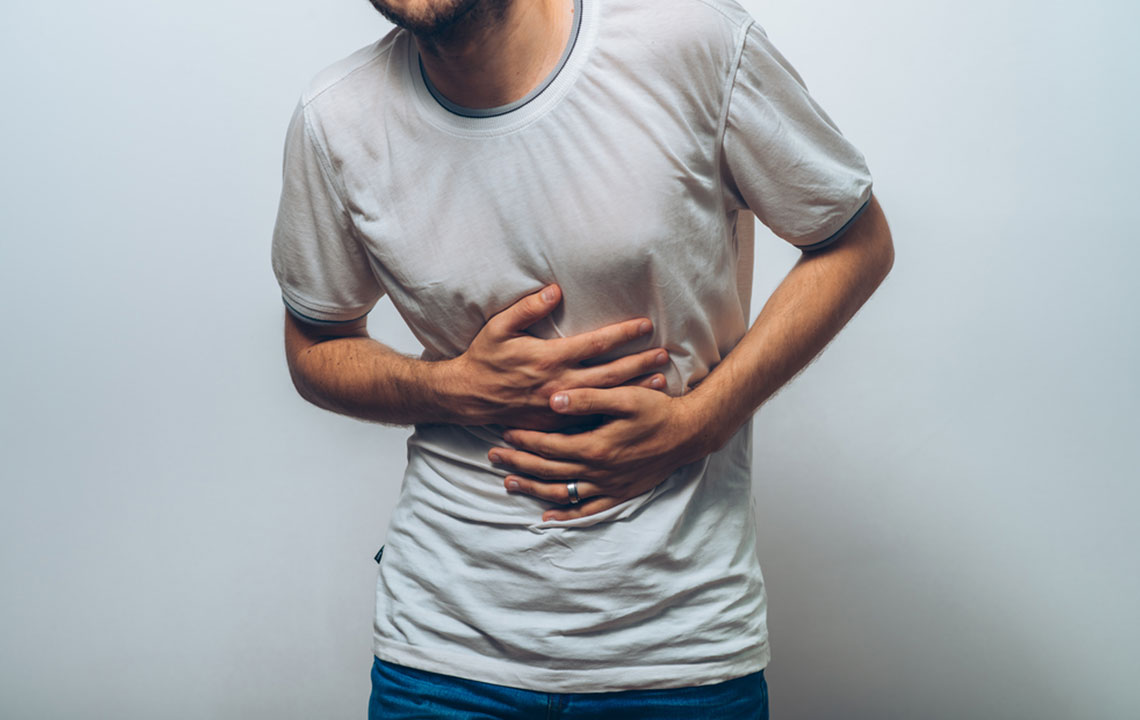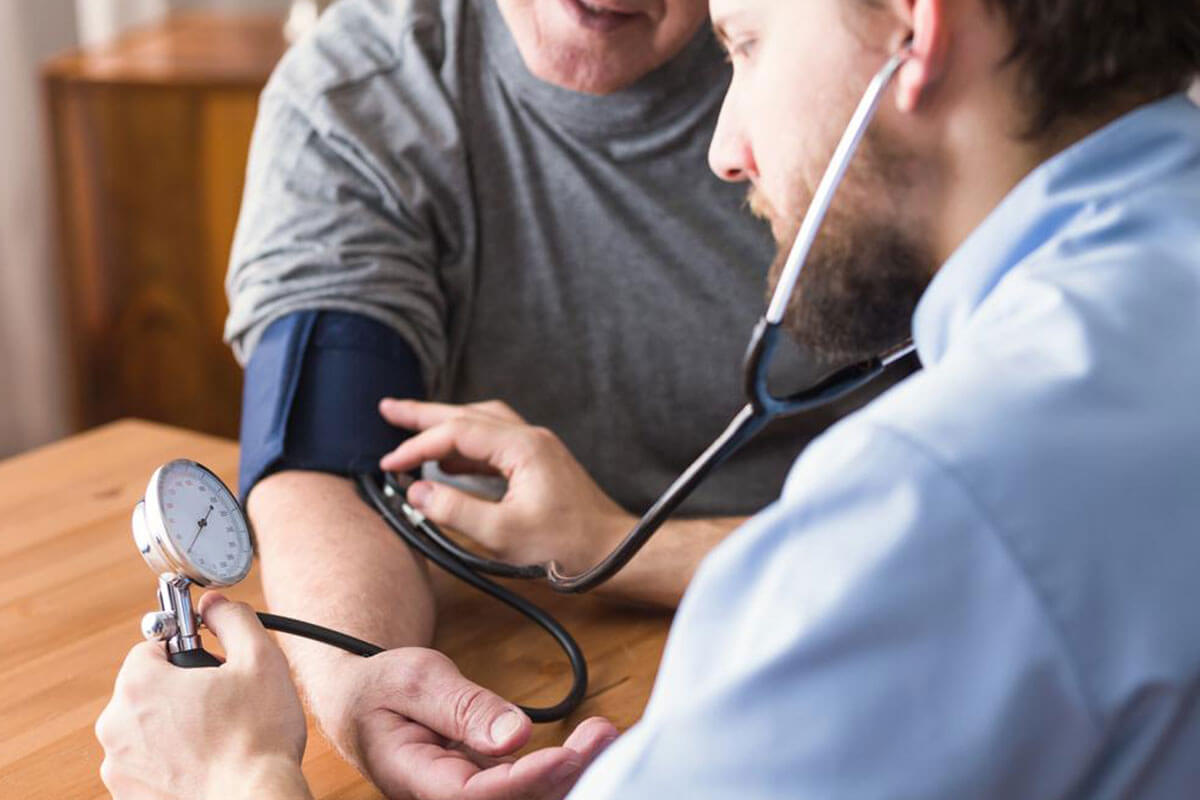Recognizing and Managing Heart Attacks: Essential Insights
This article offers comprehensive insights into heart attacks, covering causes, signs, and treatment options. It emphasizes the importance of early detection and medical intervention to improve outcomes. Suitable for those seeking to understand cardiac emergencies and how to respond effectively.

Heart attacks impact nearly a million people across the country each year. Factors such as genetics, family history, or lifestyle choices contribute to the risk. While frightening, a heart attack isn’t always life-threatening if caught early. Prompt medical care combined with a healthy lifestyle enables many patients to recover and live active, fulfilling lives.
Causes
The leading cause is blockage of coronary arteries that supply blood to the heart. Cholesterol deposits narrow these vessels, reducing blood flow and causing heart tissue damage—this condition is known as coronary artery disease (CAD). Substance abuse and oxygen deprivation can also trigger cardiac episodes.
Signs and Symptoms
Symptoms vary; some individuals feel mild discomfort, others severe pain, and some show no signs until a critical moment. Typical symptoms include:
Chest pain: Feelings of pressure, squeezing, or tightness in the mid-chest area.
Radiating pain: Discomfort spreading to arms, neck, jaw, or back, sometimes with tingling sensations.
Dizziness and weakness: Feeling faint or unsteady.
Difficulty breathing: Shortness of breath, often with sweating or nausea.
Anxiety or panic: Sudden feelings of dread or unease.
Color changes: Pale or greyish complexion and restlessness.
Treatment Methods
Treatment depends on the type of heart attack. Immediate action is vital, especially for STEMI cases. Standard approaches include:
Medications to dissolve clots if ECG shows STEMI.
Performing Primary PCI (angioplasty with stent placement) within 12 hours of symptoms to restore blood flow.
If PCI isn’t possible in time, clot-busting drugs are administered.
In cases beyond 12 hours or severe blockages, coronary artery bypass grafting (CABG) may be performed to reroute blood flow around blocked arteries.


